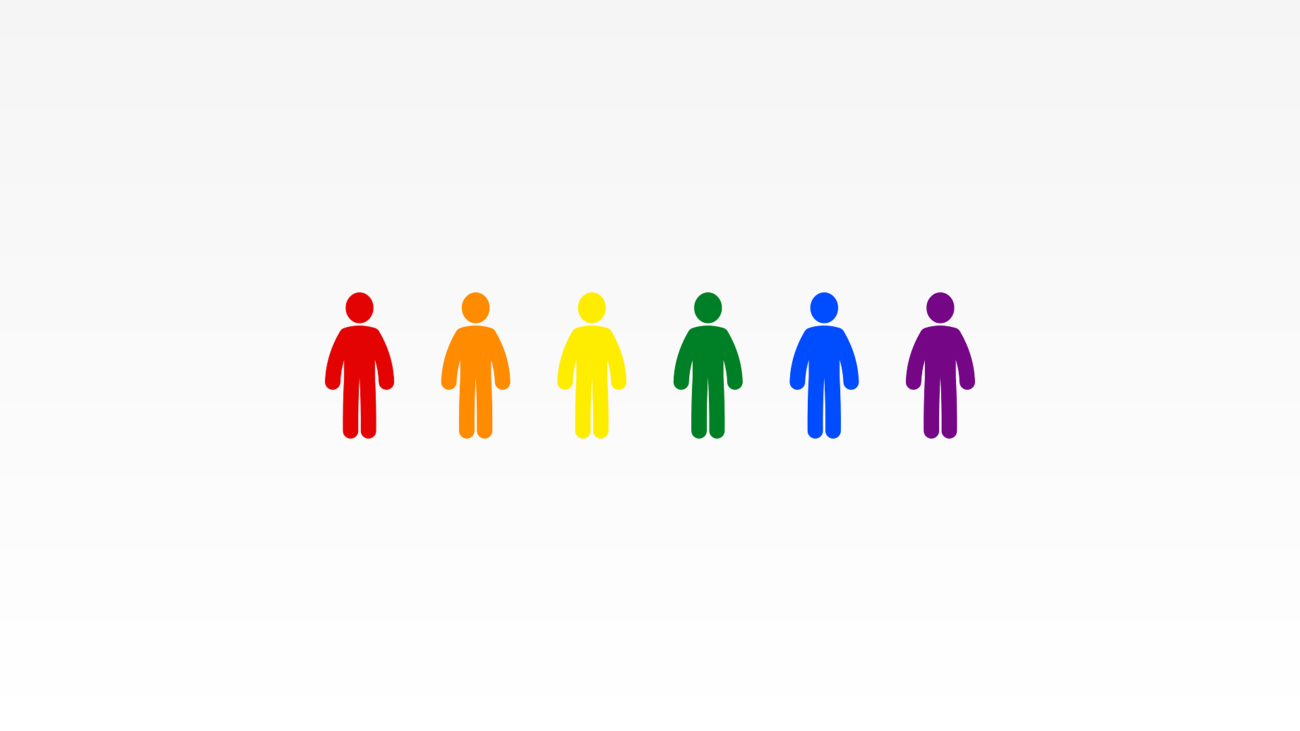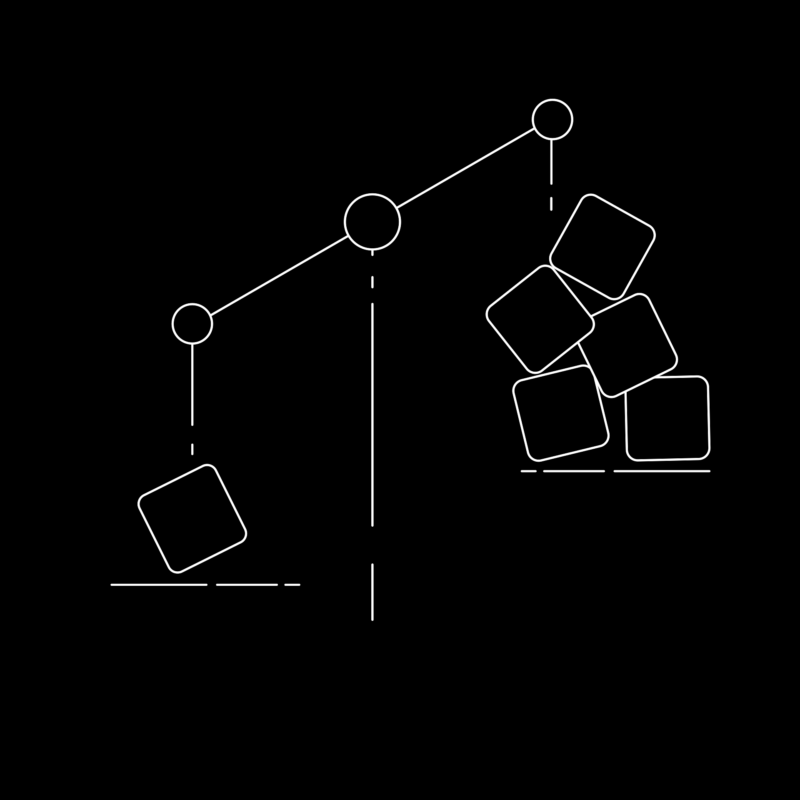
Blog
Setback in Women’s Rights: UN ‘Commission on the Status of Women’ Reports

The 69th session of the United Nations Commission on the Status of Women (CSW69) has begun at the UN headquarters in New York, running for two weeks from March 10. Representatives from governments and NGOs worldwide are participating in discussions focused on advancing gender equality and women’s rights.
2025 marks the 30th anniversary of the Beijing Declaration and Platform for Action, a significant milestone in global efforts to improve women’s status. UN Secretary-General Antonio Guterres acknowledged progress in areas such as education for girls and reductions in maternal mortality rates. However, he pointed out that gender wage gaps and other disparities persist, highlighting the need for further action.
In his address, Guterres didn’t mince words: “Women’s rights are in crisis. The poison of patriarchy is making a comeback, and we are witnessing a rollback of hard-won gains.” Certainly, decades of progress are now under threat. Women around the world are fighting for rights that should already be guaranteed—access to healthcare, equal pay, and protection from violence. For example, among the 117 countries with available data since 2017, only 18 countries, such as Bolivia (50.4%), India (44.4%), and France (42.3%), have reached over 40% female representation in local governance. Instead, we’re seeing a disturbing rise in restrictions on reproductive rights, online harassment, and policies that try to push women back into outdated societal roles.
This isn’t just something happening in far-off places. It’s affecting real people, every day. Across the globe, attacks on reproductive rights are making it harder for women to make choices about their own bodies. Technology, which should empower, is sometimes being used to spread misogyny. As an example, AI-driven hiring tools have been found to favor male candidates, limiting opportunities for women.
Therefore, in the meeting, a political declaration was unanimously adopted, calling for strengthened efforts to address gender inequality, stating that even after 30 years, no country has fully achieved gender equality.

Challenges to Women’s Rights in the U.S. and Beyond
The fight for gender equality isn’t just happening at the UN—it’s happening in our own communities. In the United States, women’s rights are a central issue as the 2024 election approaches. With Donald Trump seeking re-election, many fear that policies protecting women—like access to abortion and workplace protections—could be rolled back. We’ve already seen what happened before: under Trump’s previous administration, diversity and inclusion initiatives were scaled back, and reproductive healthcare faced new restrictions.
Off course, there are those who do not remain silent in opposition to this. On March 8, International Women’s Day, protesters in New York took to the streets with signs that read “Back to the 1950s?” and “We won’t go back!” One woman in her 60s shared her concern: “The president wants to push women back into the home. I lived through that era, and I won’t let it happen again.”
But this isn’t just an American issue. Around the world, restrictive abortion laws, gender-based violence, and systemic inequalities continue to hold women back. The UN has warned that economic crises, political instability, and rapid technological changes are making things even worse.

The Role of Technology in Gender Disparities
Technology should be a tool for empowerment, but too often, it reinforces existing biases. AI-powered hiring systems have been found to favor male candidates, simply because they’re trained on data from a historically male-dominated workforce. And social media? It should be a space for connection, but for many women, it’s a battleground of harassment and abuse.
Guterres made it clear: we need stronger regulations to make sure technology serves women, rather than working against them. If AI is shaping the future, we need to make sure it reflects values of equality and fairness.
Similarly, Melinda Gates, co-chair of the Bill & Melinda Gates Foundation, has spoken extensively about the need for technology to be designed with women in mind. And that’s something we can all be part of—by challenging biases, calling out discrimination, and making sure technology is used responsibly.

Moving Forward: Strengthening Global Commitments
So where do we go from here? The discussions at CSW69 remind us that progress doesn’t happen automatically. It takes effort, activism, and accountability. Governments, businesses, and individuals all have a role to play in closing the gender gap.
Gender equality remains an unfinished goal, but that doesn’t mean it’s out of reach. Every effort, big or small, moves us closer to a future where women have the rights and opportunities they deserve. The conversations at CSW69 are a powerful reminder that while the fight isn’t over, we are not powerless. Let’s keep pushing forward.
Furthermore, former President Donald Trump has rolled back DEI (Diversity, Equity, and Inclusion) initiatives. While some may agree with this, there are certainly others who oppose it. Where do you stand on this issue? From a physical capabilities perspective, there are those who argue that equality in sports requires the exclusion of minorities. However, it is essential to ensure that transgender individuals and others in the LGBTQ community do not face a society that makes it more difficult for them to live. A sustainable society will likely be built over time through continuous discussions and efforts.

Another Sustainability
Speaking of sustainability, we can’t overlook the environmental issue without discussing it. Currently, efforts for climate action are at risk because of the president’s policies. However, there is no doubt that we need to address climate change. Even as science and technology advance and we live longer lives, would you want to live on a warming, suffocating planet? Let’s take action to prevent this. You can also contribute through the carbon credits our company offers. Let’s work together to change the environment.
